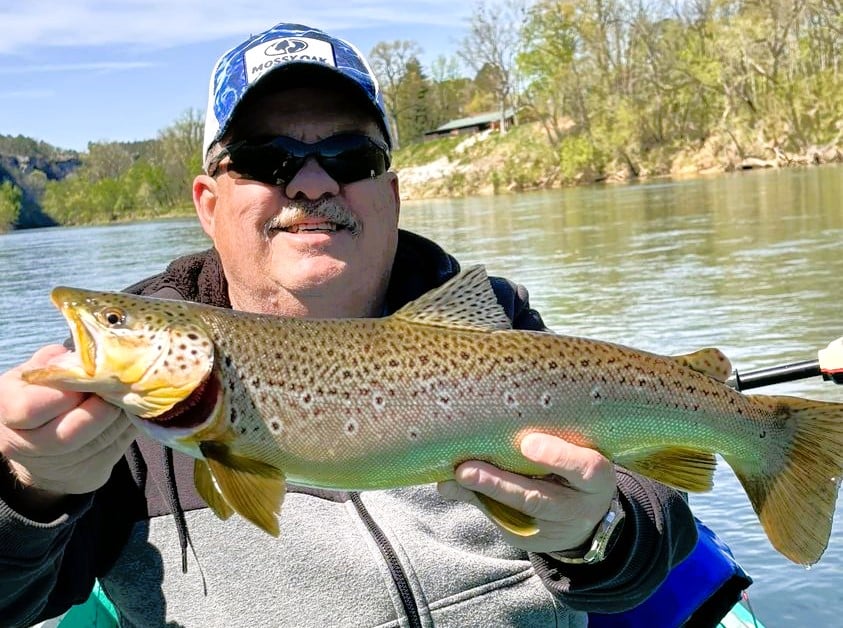Don’t ‘treat’ wildlife like livestock
ON 08-18-2021

Aug. 18, 2021
Randy Zellers
Assistant Chief of Communications
LITTLE ROCK — As summer progresses and people begin to see deer more frequently in the open, many of the deer they witness will be seen with ticks or bare spots in their fur from scratching at parasites on the skin. It’s human nature to want to help, but according to Dr. Jenn Ballard, state wildlife veterinarian for the Arkansas Game and Fish Commission, treating free-ranging wildlife is rarely effective and can cause many more troubles than it prevents.
While some over-the-counter products are available to help livestock in a closely managed situation, land managers are strongly encouraged not to use such treatments for wildlife.
“Wildlife like white-tailed deer are well-adapted to handle the normal parasite loads found in their habitat,” Ballard said. “All wildlife will have some parasites, which is why wildlife agencies advise wearing gloves when field-dressing or handling harvested game.”
Topical or ingested treatments also can cause more harm than good as there’s no way to regulate the dosage a wild animal would receive.
“You’re leaving the deer to self-medicate, which will lead to some not getting enough and others getting too much,” Ballard said. “Those that under-medicate are particularly concerning because they will expose parasites to the drugs without killing them all. The remaining parasites can develop drug resistance. Those parasites can then attack livestock and pets and be resistant to conventional treatments.”
Distributing medications meant for livestock to free-ranging deer also can be illegal, as it violates the policy purchasers make when buying over-the-counter medicines.
“Deviating from the specific species and conditions listed on the label of the medicine violates federal law,” Ballard said. “These laws are there to avoid drug residues in food, which is a public health concern. It’s best to stick to the instructions on the label, which do not allow for wildlife.”
Ballard says the presence of too many ticks or parasites on deer can be an indicator of a larger problem.

“Abnormally heavy parasite loads can be caused by an overpopulation of deer,” Ballard said. “This will result in habitat degradation and higher rates of disease transmission. Treating the external parasites is just a Band-Aid on the bigger problem that should be addressed through balancing the herd with the available habitat.”
Ballard suggests landowners and leaseholders consult with one of the AGFC’s Private Lands Biologists about ways to increase habitat quality on their property. The Deer Management Assistance Program also can help land managers by developing plans focused at improving the quality and health of deer on their property.
Visit www.agfc.com/habitat for more information on DMAP and the AGFC’s Private Lands Program.
Recent News

Arkansas Wildlife Weekly Fishing Report
Apr. 18, 2024
Subscribe to Our Weekly Newsletter E-mails
Don’t miss another issue. Sign up now to receive the AGFC Wildlife Weekly Newsletter in your mailbox every Wednesday afternoon (Waterfowl Reports are published weekly during waterfowl season and periodically outside the season). Fishing Reports arrive on Thursdays. Fill in the following fields and hit submit. Thanks, and welcome!

